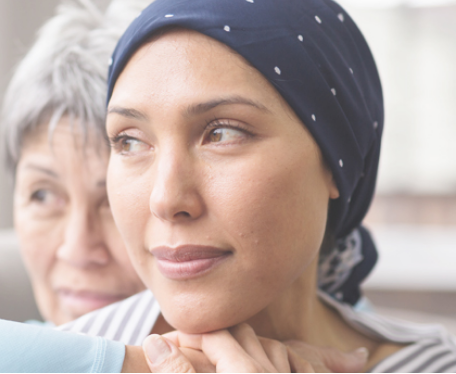
- Details
- By Native News Online Staff
Breast cancer is the second deadliest cancer among women, behind lung cancer. But it’s treatable when caught early, and doctors recommend regular mammogram to screen for breast cancer for women between 40 and 89 years old.
Neither white women nor their Indigenous counterparts are getting mammograms as frequently as they should, according to a new study.
Researchers conducted the study between 2005 and 2019 using Medicare fee-for-service claims data, and later analyzed testing frequency for 457,476 women living in Arizona, California, New Mexico, Oklahoma, and Washington. The last claims-based trends on mammograms were from 1991 to 2001.
The majority of the women (78%) were White, 1.5% were American Indian, and 20% were listed as another race. The study results were analyzed in 2022, and published in the American Journal of Preventive Medicine on March 1, 2023.
Data showed that, over the 15-year study period, about 62% of women did not have any mammograms at all. Mammogram use over the same period declined significantly among White women and women of other races, with no significant change for Native women. In rural areas, annual mammogram use dropped among White women while it rose among Native women.
The study also showed that white women in higher-income communities were 31% more likely to get mammograms, but higher incomes were not associated with mammography use for American Indian women.
Still, overall, the study showed that Native American women were 13% less likely to have a mammogram than White women.
“Our results show that we should not assume that income will have the same impact on mammography across racial/ethnic groups,” researcher Bhavika Patel, MD, Associate Professor of Radiology and a diagnostic radiologist in the Department of Radiology at the Mayo Clinic, said in a statement. “The literature shows that among American Indian/Native American women, cultural factors—such as comfort discussing [mammograms] and connection to their native culture—may exert more influence on mammography [uptake] than income alone. Hence, policies to improve mammography [uptake] need to be specifically tailored to American Indian/Native American women.”
More Stories Like This
Feds Announce $50 Billion to States for Rural Health, Tribes Barely Mentioned in AwardsCommunity Safety Alert Issued Over Out-of-State “Treatment” Transfers
Language is Medicine: Navajo Researcher Tackles Speech Delays in Native Communities
Artificial Intelligence Impacts the Art and Science of Dentistry - Part 1
Chumash Tribe’s Project Pink Raises $10,083 for Goleta Valley Cottage Hospital Breast Imaging Center


